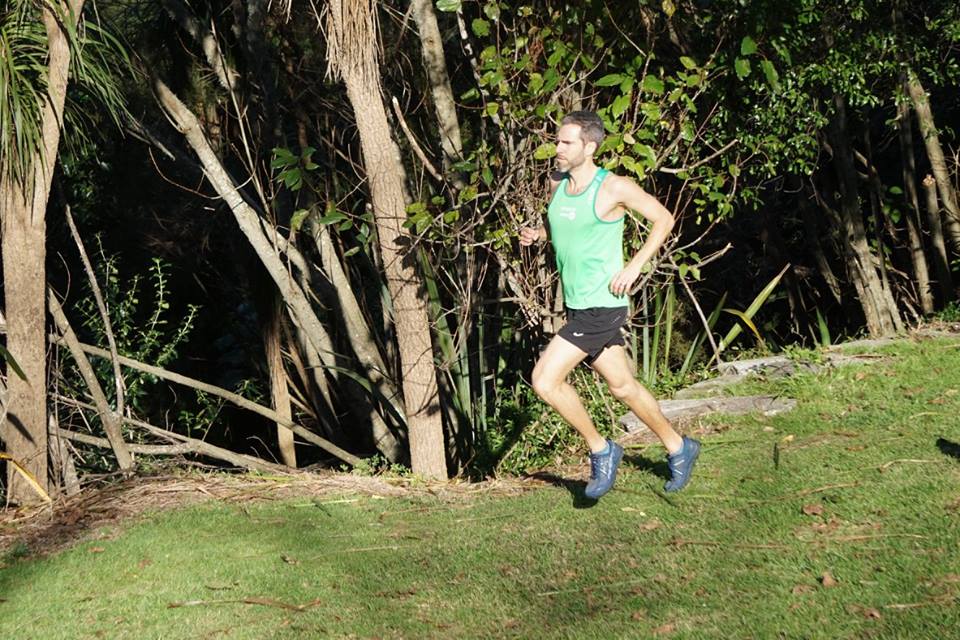Get Faster without getting Fitter
 Brad Dixon
June 24, 2018
Brad Dixon
June 24, 2018
Using the 4 lap 8km Cross country course at Waipuna to compare races over a month really excited me. I first ran this course on May 26th in the Tauranga Open Cross Country champs. I ran 31:46min but ran poorly in the fact that I started off far too quickly (as I stated in my STRAVA log - ambition exceeding ability). I had run the Hawkes Bay Half Marathon 2 weeks earlier and employed a plan that worked well : I had gone out fast, buttoned off then come home strong. This race was only 8km, so I thought I could employ the same plan with equal success. WRONG! I underestimated the totally different running style, road and cross country are totally different disciplines. On the road (especially when it's flat) it's mainly about getting into rhythm and holding form. With Cross country and trail, strength is even more important with specific training over that type of terrain to get the system used to running with different rhythms while holding intensity. For this first race I hadn't run with that type of intensity over that type of terrain - for me to go out that fast was fool hardy. My first km was at 3:30min/km pace and it gradually blew out to 4:11min/km pace as a struggled home with heavy legs and burning lungs.
The next time I got to run the same course was as the Geoff Willacy memorial handicap on June 23rd. I had put a couple of training sessions in over the month specifically to train with more intensity over a hilly terrain (to reflect this course). So a month later I ran a more controlled race with my first kilometer at a more controlled 3:40min/km and keeping to around 3:54-4:01min/km for the 8km finishing in 30:49min almost a full minute faster than a month ago. The minute improvement has less to do with getting fitter than it is running smarter. Learning from my poor pacing and lack of training specificity allowed me to put into action a new plan with better results.
For my EVERFIT athletes I tend to use similar structured intensity sessions (speed or hill reps) over a block of 4-8 weeks so the athlete can take poor pacing lessons and then apply learning's to the next week. So better pacing judgement or more even intensity can be dialed in from week to week. For example I love the 2-4min MODHARD speed session, the more specific 800m on the track, or better still the 500m EVERFIT hill rep on the 4WD track on the mount. Having the same session structure with an extra rep or less rest building from week to week over a block allows failings to be corrected with better pacing, and this gradually allows the athlete to synchronise the body and mind with what it should feel like. Learning to listen to the body and get used to holding form as discomfort bubbles up is the key to gaining success as a runner.
Getting faster is not just about getting more cardiovascular fit, it's also about applying training gained pacing learning's into races so that you are able to expend energy evenly over the entire distance. The more often you take a session to failure, learn, then correct, the more you will be able to re-calibrate the overreach expanding your body and minds ability to improve.
Brad Dixon is a sports physio, coach, and wellness evangelist based at EVERFIT Physio & Coaching. His passion is promoting enhancing daily habits that nudge people towards potential and save the planet. His book ‘Holistic Human’ is available here - https://everfit.co.nz/Store/Category/Book . The power is in our daily habits! Connect with Brad at www.everfit.co.nz, Facebook, Strava, Instagram (@everfitcoach), and YOU TUBE https://youtube.com/c/EverFITcoach

Running on the Waipuna X country course
.jpg?version=8)